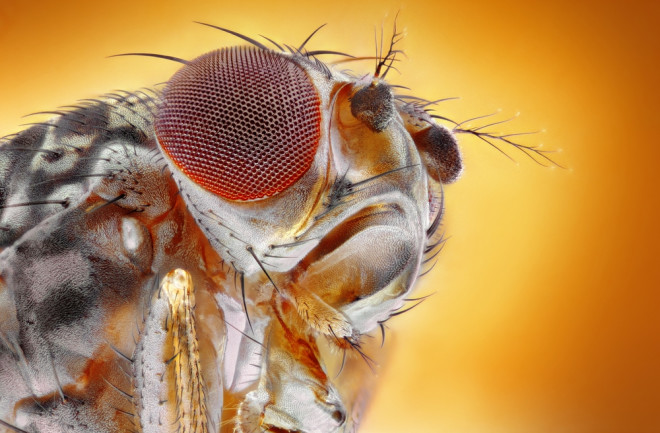One of the best-studied networks in neuroscience is the brain of a fruit fly, in particular, a part called the mushroom body. This analyzes sensory inputs such as odors, temperature, humidity and visual data so that the fly can learn to distinguish friendly stimuli from dangerous ones.
Neuroscientists have long known how this section of the brain is wired. It consists of a set of cells called projection neurons that transmit the sensory information to a population of 2,000 neurons called Kenyon cells. The Kenyon cells are wired together to form a neural network capable of learning.

